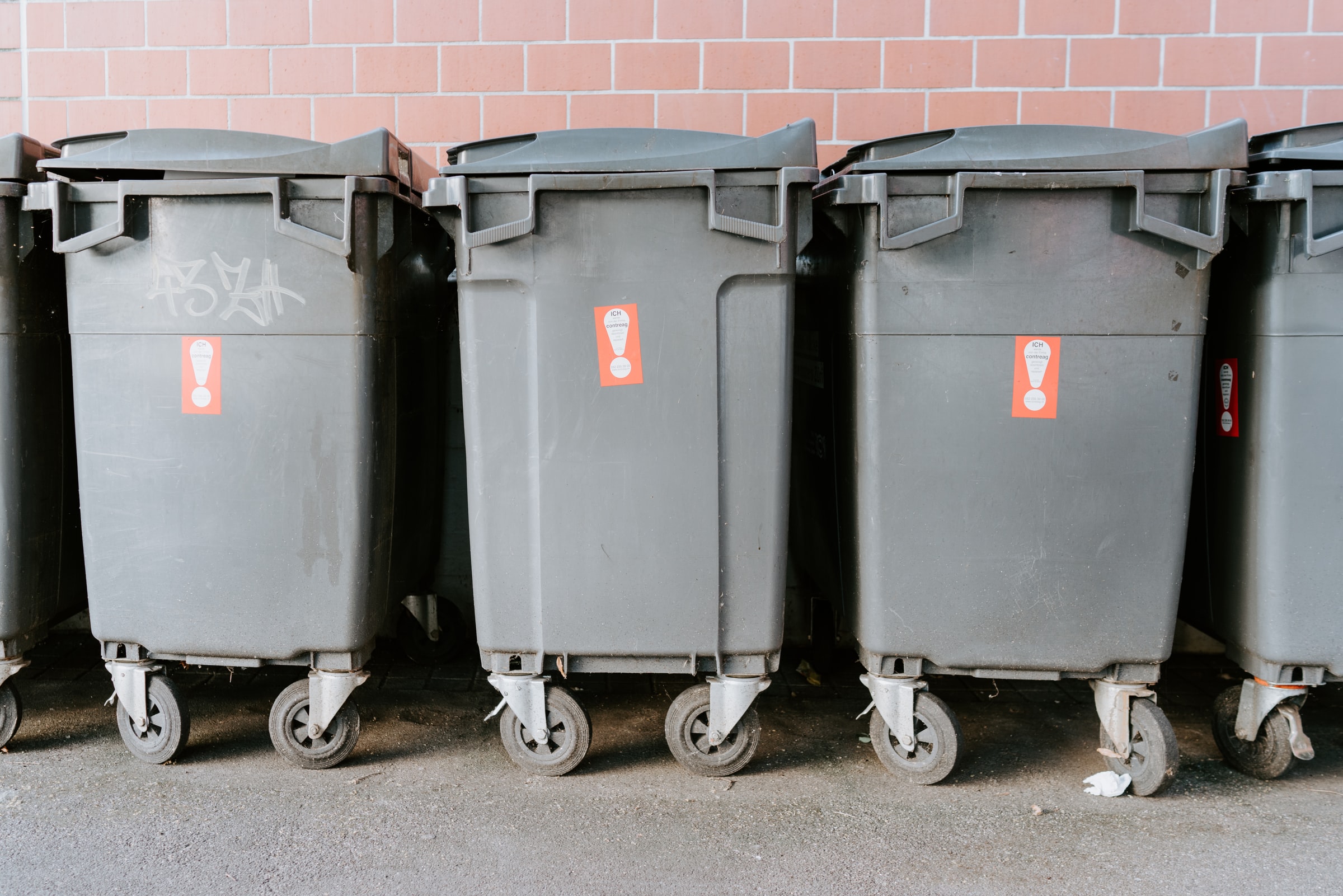How to Properly Store Medical Waste
8/10/2021

The Occupational Safety and Health Administration (OSHA) has set in place very specific requirements to ensure proper storage of medical waste. These standards and requirements are designed to minimize employee exposure to infectious and hazardous wastes.
Here are some ways to properly store medical waste.
Most healthcare facilities require their staff; the waste technicians and those who generate the waste, to label waste bags and containers for tracking. This is more like an inventory management system where the employees put labels with the type of waste, date, the point of generation, and the weight of waste.
As for storage containers containing potentially infectious material like blood, OSHA requires labeling them with the biohazard symbol. Also, OSHA requires that the label is fluorescent orange or orange-red and the term “Biohazard” written on them. According to OSHA, healthcare facilities should not use red bags in place of biohazard labels.
Labeling waste containers helps the healthcare workers and the public to know the type of waste in them. Usually, medical waste bags and containers come with label warnings on them to indicate the nature of the hazard.
While putting warning labels is not a legal requirement, it is highly recommended especially when dealing with hazardous, infectious, and pathological wastes. One type of labeling is the hazardous waste symbol which is used for RCRA waste. Also, the universal radiation symbol is used to indicate radioactive waste.
Sharp containers are used to store sharps, lancets, and scalpels. These containers are found in healthcare facilities and homes. They are made with thick plastic and have a door that opens allowing the user to insert the sharp.
There are many medical waste bags that can be used to store medical waste. Most of these bags are colored and come with a biohazard symbol. The best medical waste bags are designed with linear low-density polyethylene, high-density polyethylene, or polypropylene. These bags come in different sizes and should not be filled more than three-quarters full.
These are just some of the ways that healthcare facilities can store medical waste to protect employees and the general public. Medical waste should be stored according to the OSHA guidelines.
